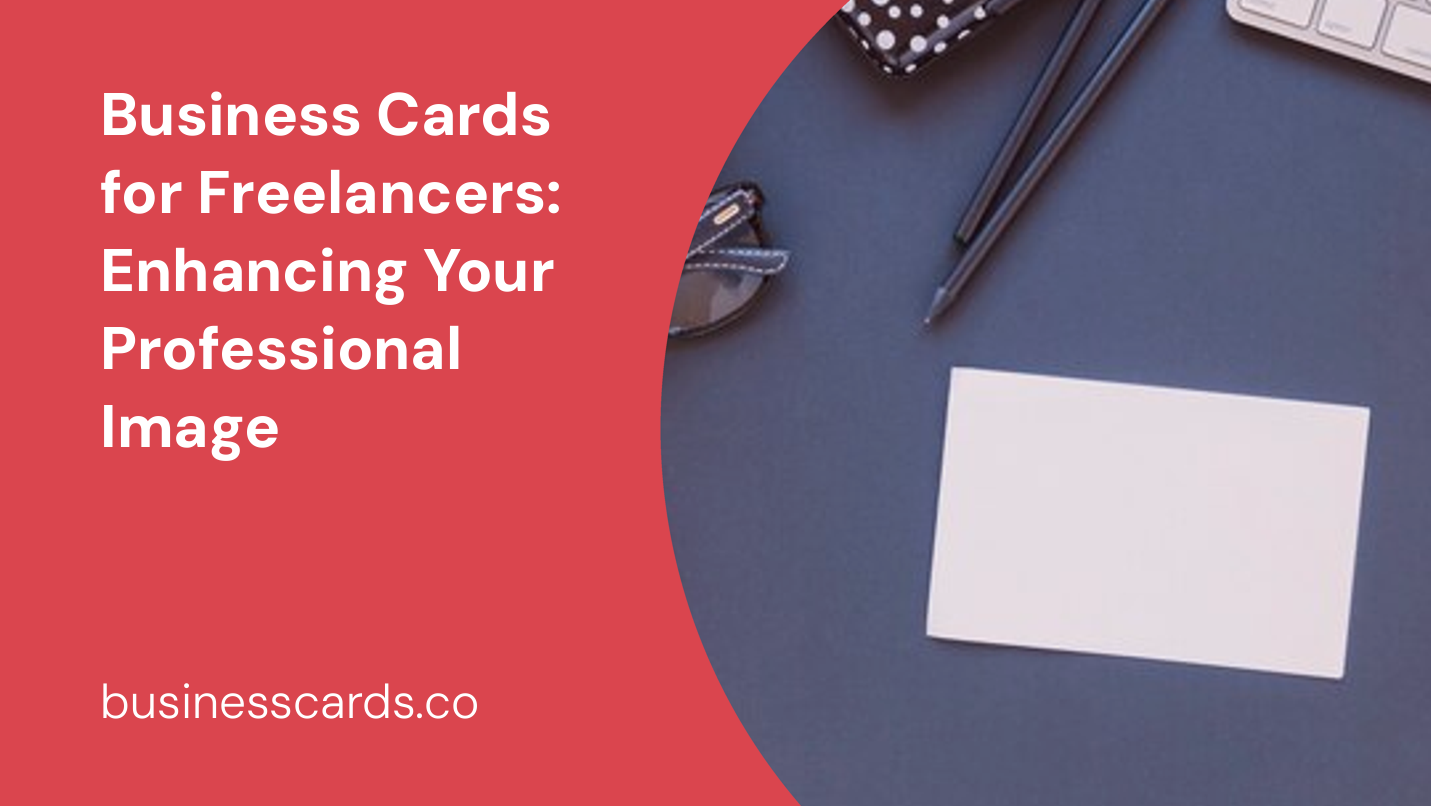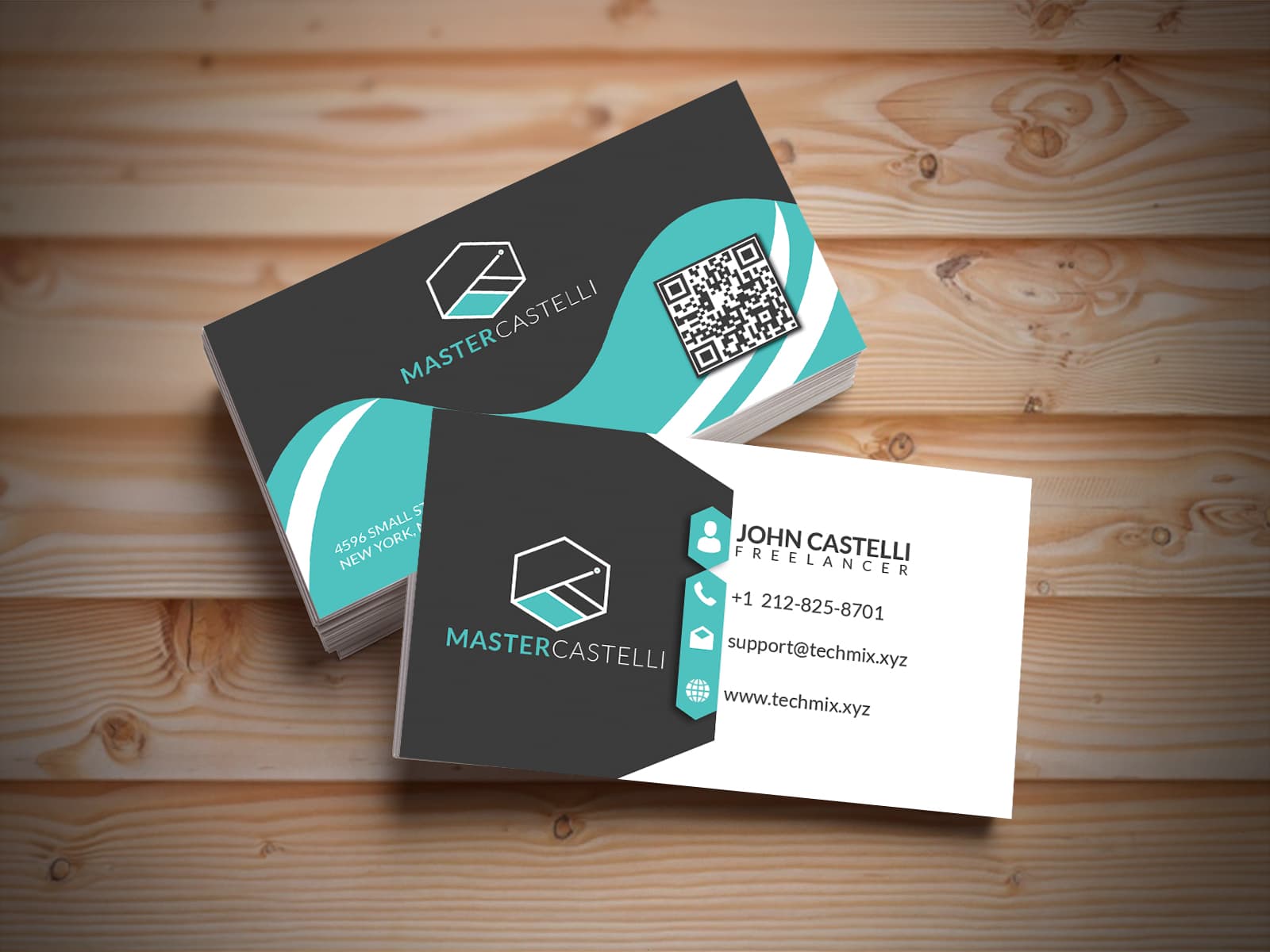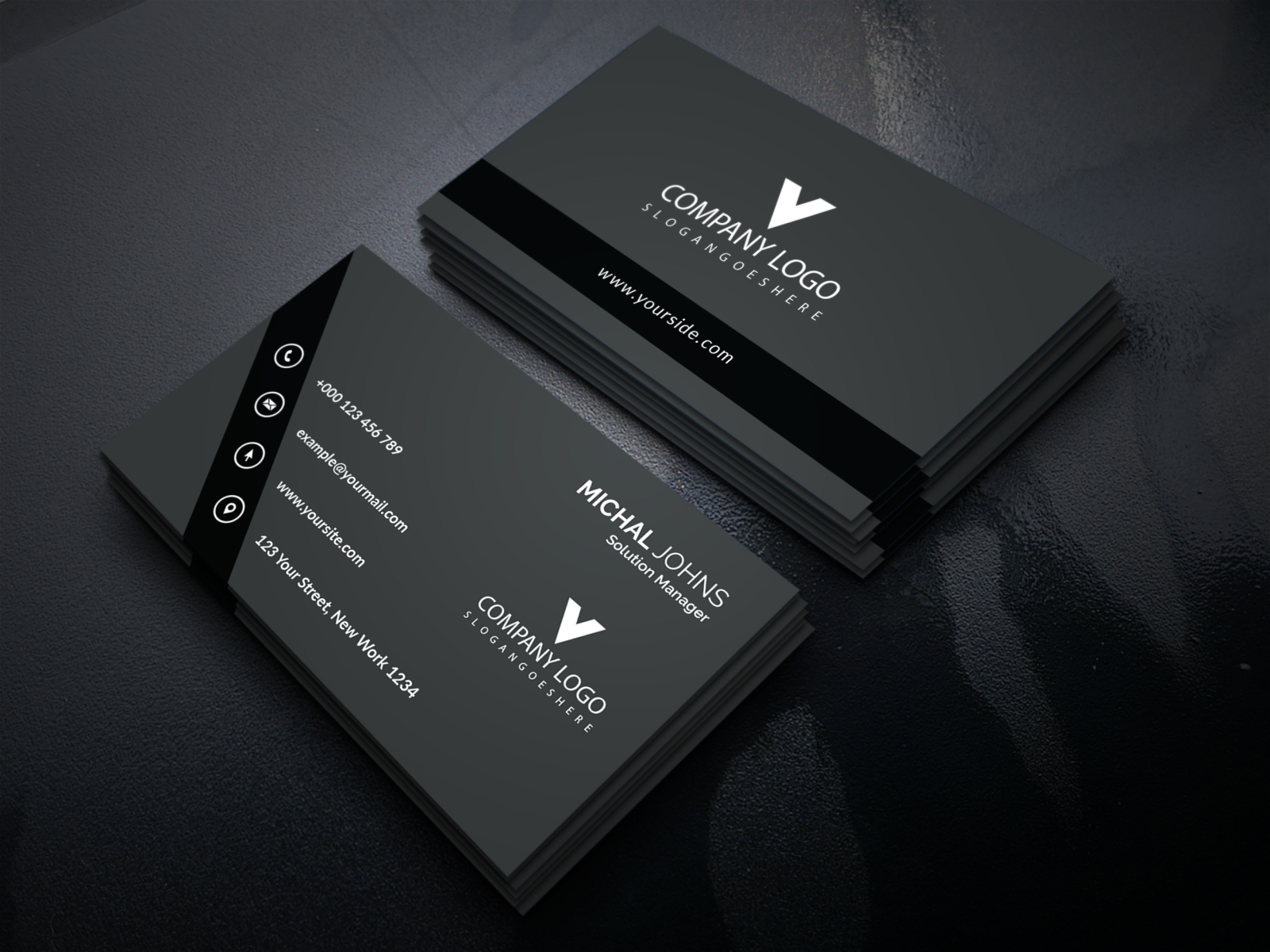
As a freelancer, you rely on networking and building connections to grow your business. And one powerful tool that can greatly aid in this process is the humble business card. Though it may seem old-fashioned in the digital era, a well-designed business card can make a lasting impression on potential clients and collaborators. In this article, we will explore the importance of business cards for freelancers, discuss key elements to include, and provide tips for designing an effective card that enhances your professional image.
Why Business Cards Still Matter for Freelancers

In a world saturated with online presence and digital communication, you might be wondering if business cards still have a place in the freelancer’s arsenal. The answer is a resounding yes! Business cards offer several advantages over their digital counterparts:
- Memorability: When you exchange business cards, it creates a physical connection and leaves a stronger impression compared to simply sharing contact numbers digitally.
- Professionalism: Carrying and offering a well-designed business card demonstrates professionalism and preparedness, enhancing your credibility as a freelancer.
- Convenience: Business cards are tangible and easily accessible, making them a convenient tool for sharing contact information quickly in various situations.
- Brand Awareness: Your business card serves as a mini advertisement of your personal brand. Through its design and content, you have an opportunity to showcase your unique style and expertise.
Key Elements to Include on Your Freelancer Business Card

To maximize the impact of your business card, it’s essential to include key elements that convey your professionalism and capture the attention of recipients. Here are some crucial elements you should consider:
1. Your Name and Title
Ensure that your name and title as a freelancer are prominently displayed on the business card. This helps quickly identify who you are and what services you offer. Using a legible font and a clear hierarchy ensures that this information stands out.
2. Contact Information
Include essential contact details such as your phone number, email address, and website. Make sure these details are accurate and up-to-date. Additionally, consider adding your social media handles or QR codes for easy online access to your portfolio or professional profiles.
3. Logo and Branding
A logo represents your personal brand and helps create a visual identity. If you have a logo, make sure to include it on your business card. Additionally, select a color scheme and font combination that aligns with your brand identity and uses these consistently across your materials.
4. Services or Specialties
In a brief and concise manner, highlight your unique selling points, services, or specialties on the business card. This gives recipients a glimpse into your expertise, making it easier for them to remember and recommend you.
5. Call to Action
Encourage potential clients or collaborators to take the next step by including a call to action on your business card. This can be an invitation to visit your website, schedule a consultation, or even a special offer. Adding a sense of urgency or exclusivity can further motivate recipients to engage with you.
Tips for Designing an Effective Freelancer Business Card
Now that you understand the importance of business cards and the key elements to include, let’s delve into some tips for creating an effective business card design:
1. Keep It Simple and Clean
Simplicity is key when designing your business card. Avoid cluttering it with excessive information or design elements that distract from the essential details. Opt for a clean layout and make sure the information is easy to read.
2. Choose Legible Fonts
Select fonts that are legible and reflect your professional image. Avoid overly decorative or cursive fonts that may be difficult to read. Aim for a font size that is readable without straining the recipient’s eyes.
3. Utilize White Space
White space, also known as negative space, refers to the empty areas on your business card. Leaving enough space around the design elements helps maintain clarity and visual appeal. It also prevents a crowded or overwhelming appearance.
4. Select High-Quality Materials
Invest in quality materials for your business cards. Using thick, matte or glossy cardstock enhances the perceived value and durability of your card. A well-crafted card that feels substantial in hand leaves a positive impression.
5. Consider Unique Shapes or Finishes
To further differentiate yourself, consider exploring unique shapes or finishes for your business card. Rounded corners or spot UV coatings can add a touch of elegance, while die-cutting can create eye-catching shapes that make your card stand out in a stack.
Conclusion

As a freelancer, the business card continues to be a powerful tool for networking and building connections. By designing a well-thought-out card that reflects your professionalism and brand, you can make a lasting impression on potential clients and collaborators. Remember to keep your card simple, include essential details, and utilize high-quality materials. Now armed with this knowledge, go forth and create a captivating business card that showcases your unique talents and helps you stand out in a sea of freelancers.
Ethan is a branding enthusiast and a master of storytelling. With a background in advertising, he leverages his expertise to explore the art of graphic design and its impact on business. In his free time, Ethan enjoys photography and capturing the world’s visual intricacies.